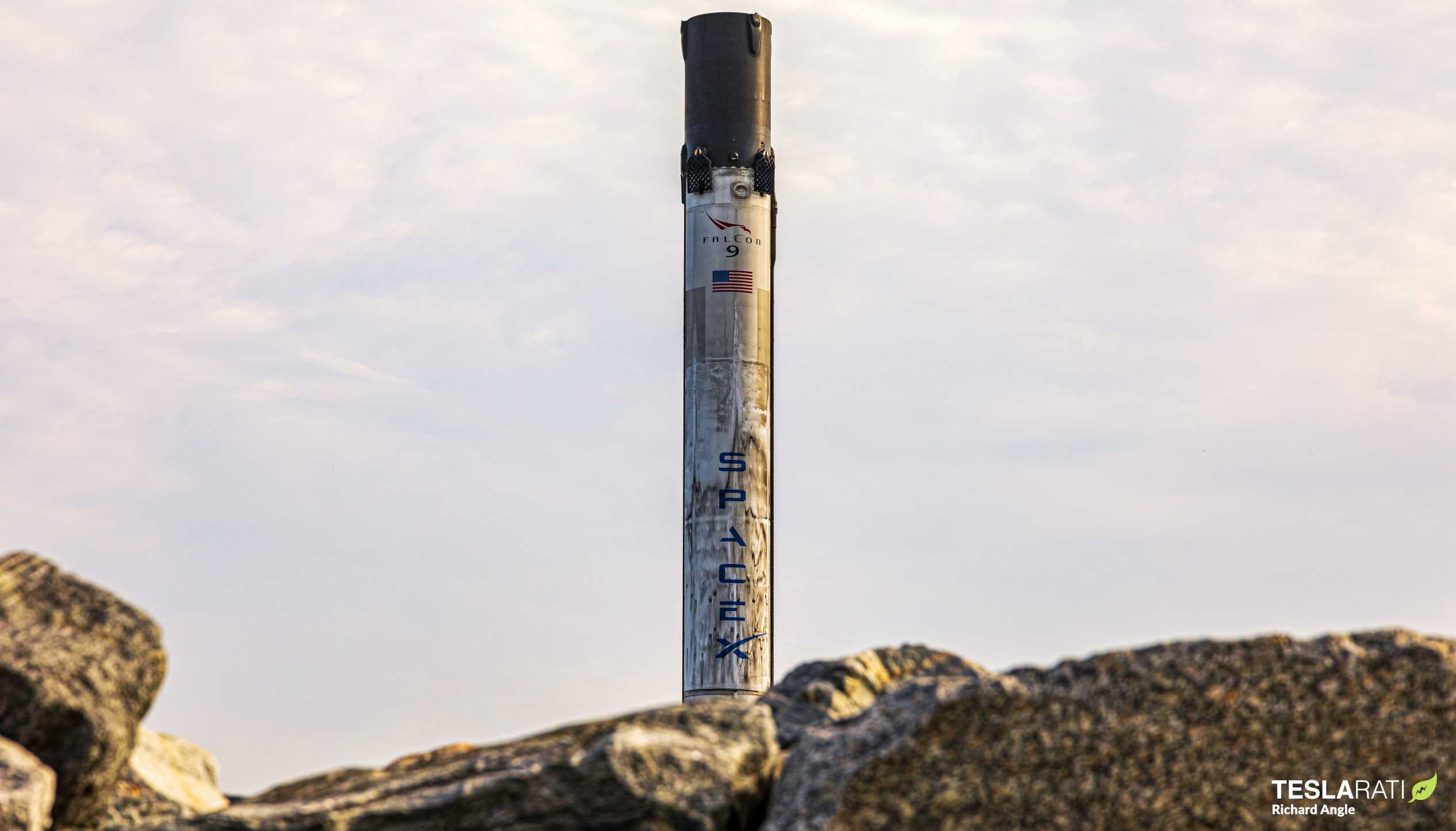
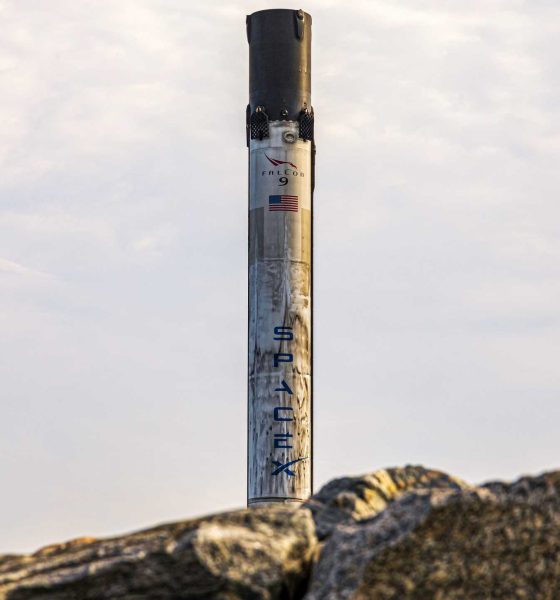
News
SpaceX adds fresh Falcon 9 booster to the fleet after drone ship recovery
SpaceX has added a second new Falcon 9 booster to its rocket fleet in just one month after B1060 safely returned to shore aboard drone ship Just Read The Instructions (JRTI) on July 4th.
Exactly 31 days prior, Falcon 9 booster B1058 sailed into Port Canaveral aboard drone ship Of Course I Still Love You (OCISLY) on June 3rd after becoming the first private rocket in history to launch astronauts into orbit. Prior to B1058’s successful May 30th launch and landing debut, SpaceX’s fleet of available flightworthy boosters appeared to be just three strong, comprised of B1049, B1051, and B1059. Supposedly (relatively) easy to reconfigure into regular Falcon 9 boosters, twice-flown Falcon Heavy side boosters B1052 and B1053 remain wildcards that seem unlikely to re-enter circulation anytime soon.
In other words, SpaceX has grown its fleet of flight-proven Falcon 9 boosters by almost 70% in a single month, undoubtedly bringing with it some welcome sighs of relief for the second half of the company’s 2020 launch manifest. Given just how ambitious SpaceX’s plans are for the next six months, both boosters are set to be invaluable assets in the near term.
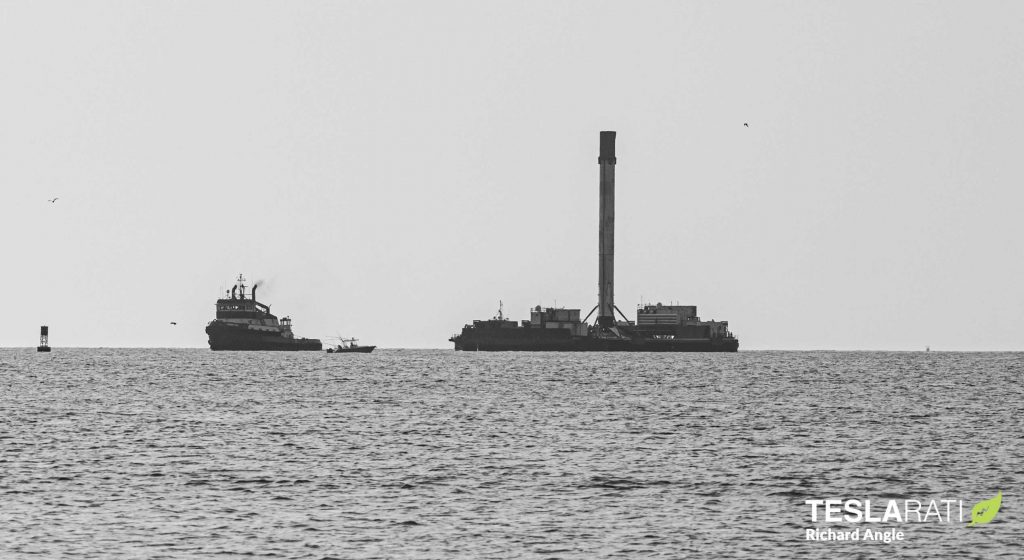
Postponed from June for unknown reasons, July could potentially be SpaceX’s busiest month of launches ever. The 10th overall Starlink launch – also SpaceX’s second Starlink rideshare – is on track to lift off with Falcon 9 booster B1051 on its fifth flight no earlier than (NET) 11:59 am EDT (16:59 UTC) on July 8th. Initially scheduled around June 22nd, B1051 no longer has a shot at beating SpaceX’s booster turnaround record, but it could snag a four-way tie with Falcon 9 boosters B1048, B1052, and B1053 at 74 days between launches.
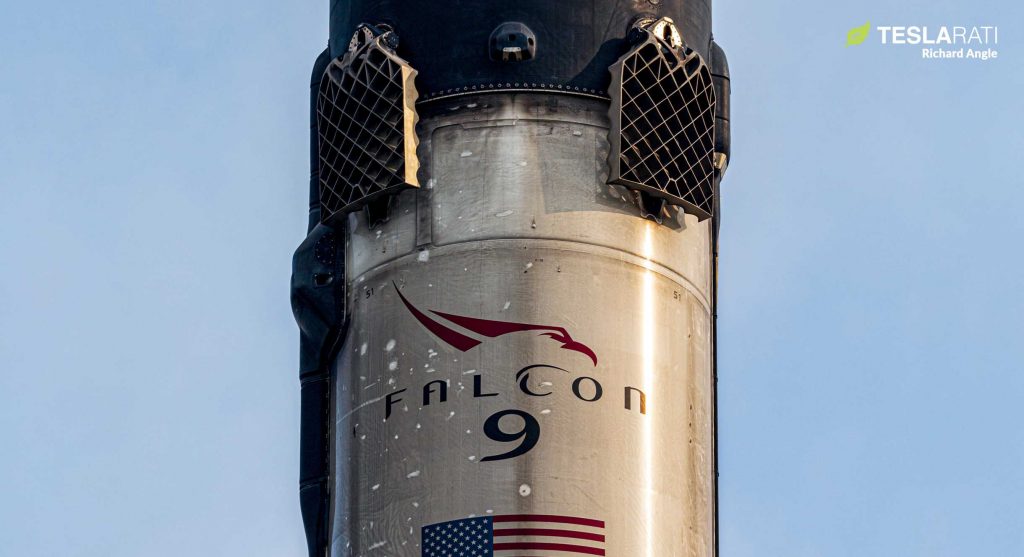
Up next, SpaceX is scheduled to launch the ANASIS II South Korean military communications satellite as early as July 14th. Perhaps just 11 days after that, another Falcon 9 rocket is scheduled to attempt the United States’ first East Coast polar launch in half a century with Argentina’s SAOCOM 1B Earth radar satellite mission. As of now, ANASIS II is expected to launch on booster B1058 according to Next Spaceflight, potentially crushing SpaceX’s booster turnaround record by 17 days (>25%). The Falcon 9 booster assigned to SAOCOM 1B remains a mystery at this point, although B1059 or B1049 are the obvious candidates, with B1060 a close third.
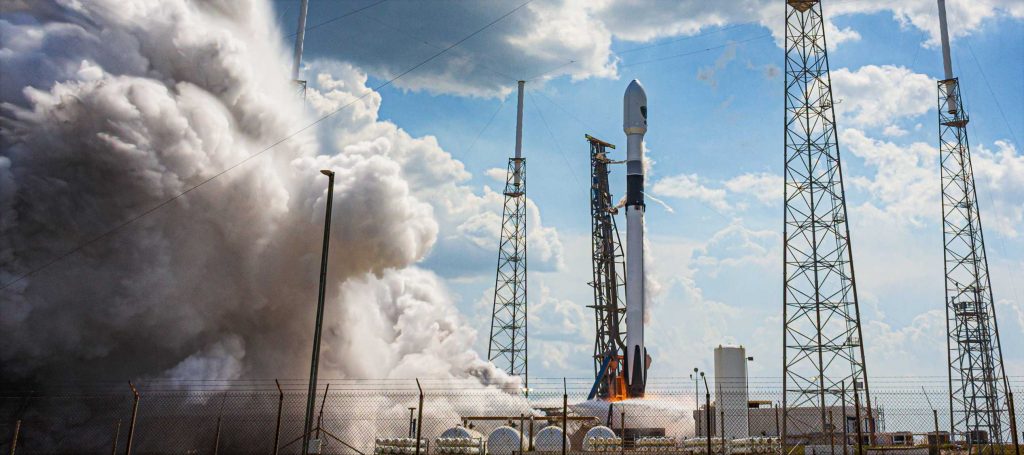
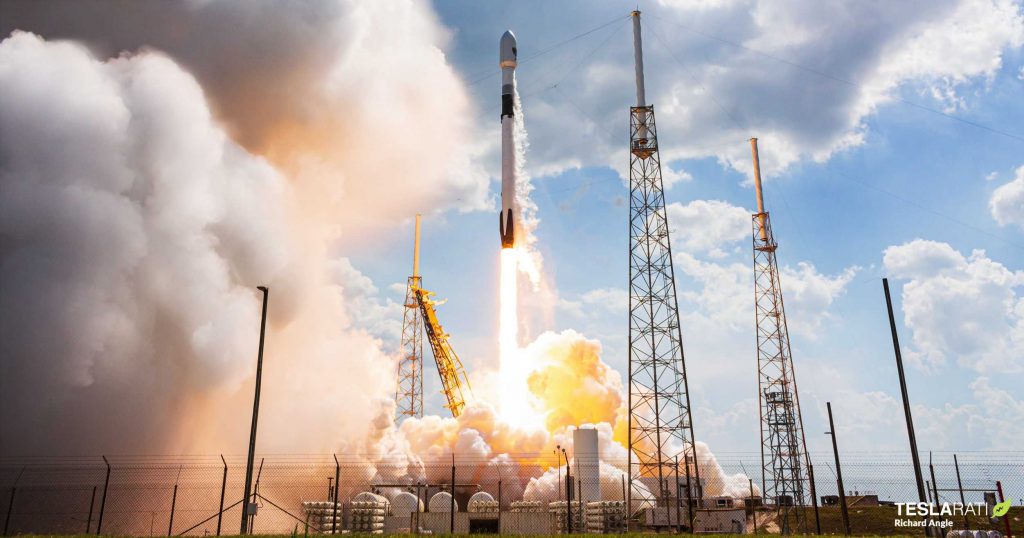
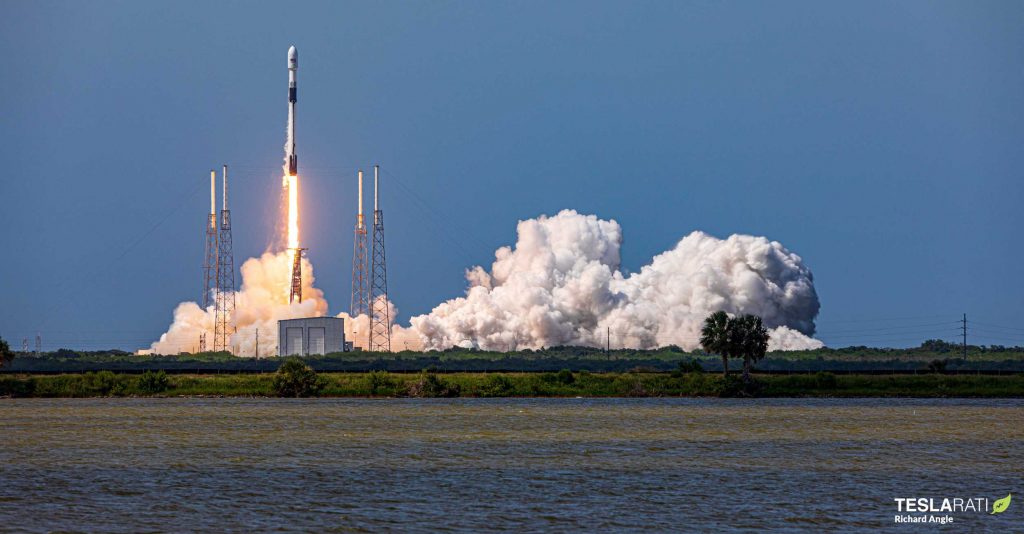
Finally, SpaceX has another Starlink mission – Starlink V1 L10 – scheduled to launch no earlier than late July, likely flying on either Falcon 9 B1049 or B1060.
For SpaceX to achieve its goal of 2-4 launches per month for the rest of the year, it looks like its newly expanded fleet of Falcon 9 boosters is going to have to routinely break or at least skirt turnaround records of just a handful of weeks. As an example, in July alone, SpaceX will need to use four of its five-booster fleet to complete the four launches it has scheduled, while the fifth booster last launched on either June 3rd, 13th, or 30th.
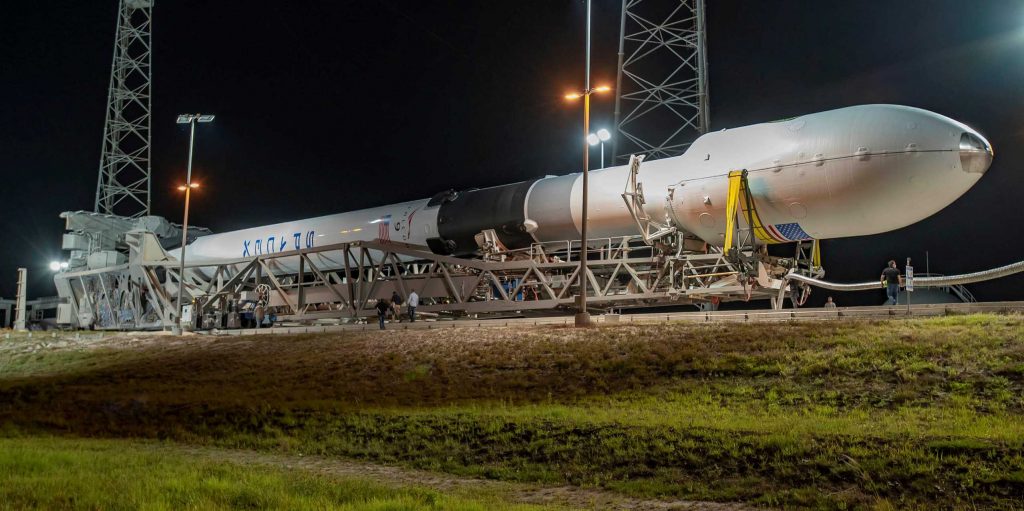
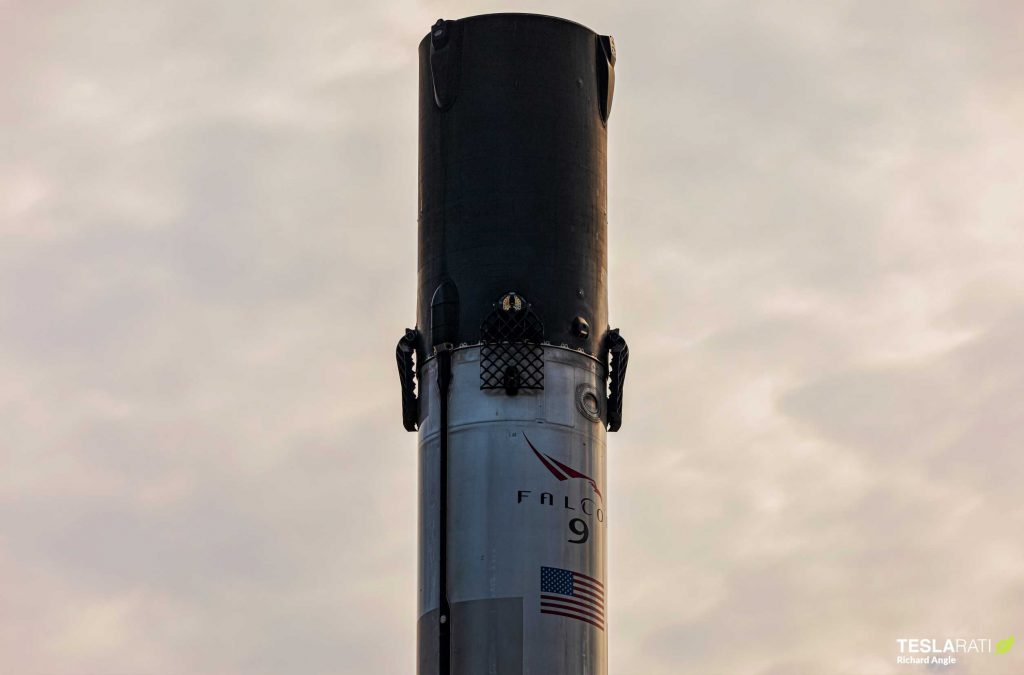
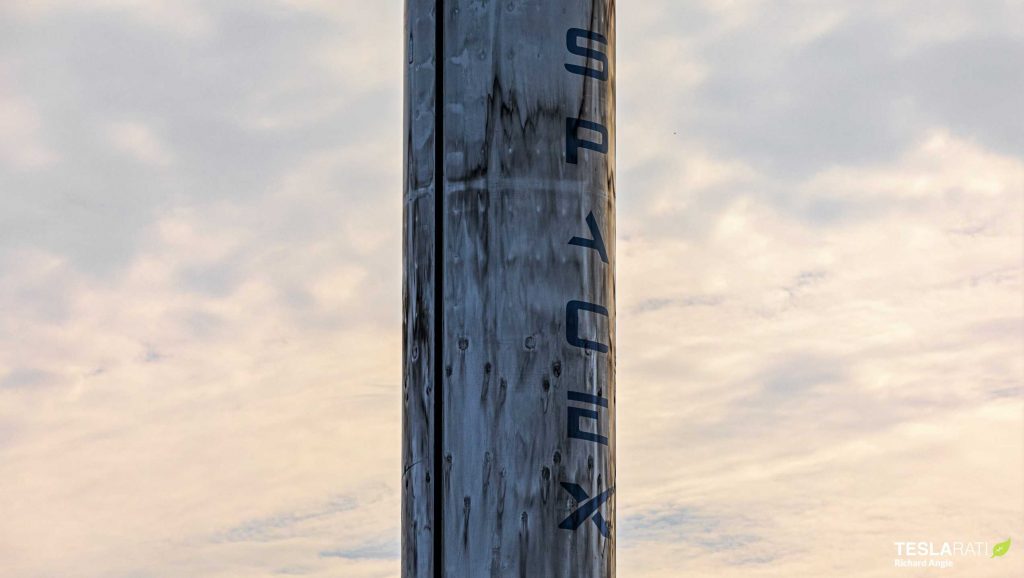
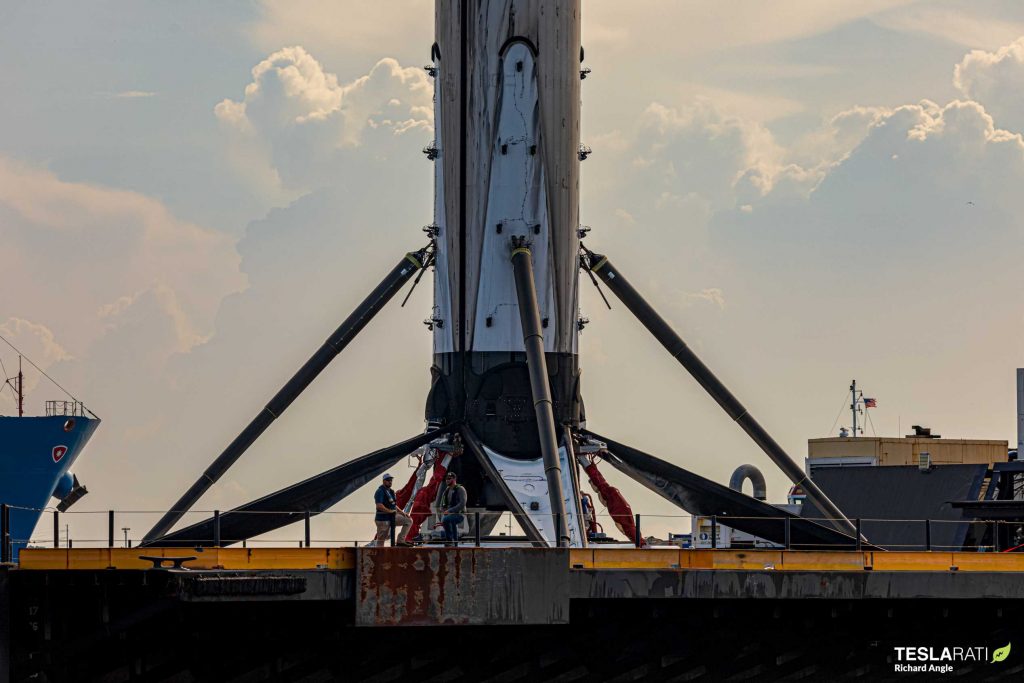
SpaceX has at least two additional Starlink missions scheduled in August, meaning that both B1051 and B1058 will need to launch just 40-50 days later to sustain that cadence. Thankfully, September should bring a bit of respite heading into Q4 2020 if both Falcon 9 boosters B1061 and B1062 debut on scheduled in mid-September (Crew Dragon’s first operational astronaut launch) and September 30th (GPS III SV04), respectively. If successfully recovered, SpaceX’s fleet will grow to seven boosters strong – likely more than enough to sustain an average cadence of one launch every 10-14 days.
Check out Teslarati’s Marketplace! We offer Tesla accessories, including for the Tesla Cybertruck and Tesla Model 3.

Elon Musk
Starlink passes 9 million active customers just weeks after hitting 8 million
The milestone highlights the accelerating growth of Starlink, which has now been adding over 20,000 new users per day.

SpaceX’s Starlink satellite internet service has continued its rapid global expansion, surpassing 9 million active customers just weeks after crossing the 8 million mark.
The milestone highlights the accelerating growth of Starlink, which has now been adding over 20,000 new users per day.
9 million customers
In a post on X, SpaceX stated that Starlink now serves over 9 million active users across 155 countries, territories, and markets. The company reached 8 million customers in early November, meaning it added roughly 1 million subscribers in under seven weeks, or about 21,275 new users on average per day.
“Starlink is connecting more than 9M active customers with high-speed internet across 155 countries, territories, and many other markets,” Starlink wrote in a post on its official X account. SpaceX President Gwynne Shotwell also celebrated the milestone on X. “A huge thank you to all of our customers and congrats to the Starlink team for such an incredible product,” she wrote.
That growth rate reflects both rising demand for broadband in underserved regions and Starlink’s expanding satellite constellation, which now includes more than 9,000 low-Earth-orbit satellites designed to deliver high-speed, low-latency internet worldwide.
Starlink’s momentum
Starlink’s momentum has been building up. SpaceX reported 4.6 million Starlink customers in December 2024, followed by 7 million by August 2025, and 8 million customers in November. Independent data also suggests Starlink usage is rising sharply, with Cloudflare reporting that global web traffic from Starlink users more than doubled in 2025, as noted in an Insider report.
Starlink’s momentum is increasingly tied to SpaceX’s broader financial outlook. Elon Musk has said the satellite network is “by far” the company’s largest revenue driver, and reports suggest SpaceX may be positioning itself for an initial public offering as soon as next year, with valuations estimated as high as $1.5 trillion. Musk has also suggested in the past that Starlink could have its own IPO in the future.
News
NVIDIA Director of Robotics: Tesla FSD v14 is the first AI to pass the “Physical Turing Test”
After testing FSD v14, Fan stated that his experience with FSD felt magical at first, but it soon started to feel like a routine.

NVIDIA Director of Robotics Jim Fan has praised Tesla’s Full Self-Driving (Supervised) v14 as the first AI to pass what he described as a “Physical Turing Test.”
After testing FSD v14, Fan stated that his experience with FSD felt magical at first, but it soon started to feel like a routine. And just like smartphones today, removing it now would “actively hurt.”
Jim Fan’s hands-on FSD v14 impressions
Fan, a leading researcher in embodied AI who is currently solving Physical AI at NVIDIA and spearheading the company’s Project GR00T initiative, noted that he actually was late to the Tesla game. He was, however, one of the first to try out FSD v14.
“I was very late to own a Tesla but among the earliest to try out FSD v14. It’s perhaps the first time I experience an AI that passes the Physical Turing Test: after a long day at work, you press a button, lay back, and couldn’t tell if a neural net or a human drove you home,” Fan wrote in a post on X.
Fan added: “Despite knowing exactly how robot learning works, I still find it magical watching the steering wheel turn by itself. First it feels surreal, next it becomes routine. Then, like the smartphone, taking it away actively hurts. This is how humanity gets rewired and glued to god-like technologies.”
The Physical Turing Test
The original Turing Test was conceived by Alan Turing in 1950, and it was aimed at determining if a machine could exhibit behavior that is equivalent to or indistinguishable from a human. By focusing on text-based conversations, the original Turing Test set a high bar for natural language processing and machine learning.
This test has been passed by today’s large language models. However, the capability to converse in a humanlike manner is a completely different challenge from performing real-world problem-solving or physical interactions. Thus, Fan introduced the Physical Turing Test, which challenges AI systems to demonstrate intelligence through physical actions.
Based on Fan’s comments, Tesla has demonstrated these intelligent physical actions with FSD v14. Elon Musk agreed with the NVIDIA executive, stating in a post on X that with FSD v14, “you can sense the sentience maturing.” Musk also praised Tesla AI, calling it the best “real-world AI” today.
News
Tesla AI team burns the Christmas midnight oil by releasing FSD v14.2.2.1
The update was released just a day after FSD v14.2.2 started rolling out to customers.

Tesla is burning the midnight oil this Christmas, with the Tesla AI team quietly rolling out Full Self-Driving (Supervised) v14.2.2.1 just a day after FSD v14.2.2 started rolling out to customers.
Tesla owner shares insights on FSD v14.2.2.1
Longtime Tesla owner and FSD tester @BLKMDL3 shared some insights following several drives with FSD v14.2.2.1 in rainy Los Angeles conditions with standing water and faded lane lines. He reported zero steering hesitation or stutter, confident lane changes, and maneuvers executed with precision that evoked the performance of Tesla’s driverless Robotaxis in Austin.
Parking performance impressed, with most spots nailed perfectly, including tight, sharp turns, in single attempts without shaky steering. One minor offset happened only due to another vehicle that was parked over the line, which FSD accommodated by a few extra inches. In rain that typically erases road markings, FSD visualized lanes and turn lines better than humans, positioning itself flawlessly when entering new streets as well.
“Took it up a dark, wet, and twisty canyon road up and down the hill tonight and it went very well as to be expected. Stayed centered in the lane, kept speed well and gives a confidence inspiring steering feel where it handles these curvy roads better than the majority of human drivers,” the Tesla owner wrote in a post on X.
Tesla’s FSD v14.2.2 update
Just a day before FSD v14.2.2.1’s release, Tesla rolled out FSD v14.2.2, which was focused on smoother real-world performance, better obstacle awareness, and precise end-of-trip routing. According to the update’s release notes, FSD v14.2.2 upgrades the vision encoder neural network with higher resolution features, enhancing detection of emergency vehicles, road obstacles, and human gestures.
New Arrival Options also allowed users to select preferred drop-off styles, such as Parking Lot, Street, Driveway, Parking Garage, or Curbside, with the navigation pin automatically adjusting to the ideal spot. Other refinements include pulling over for emergency vehicles, real-time vision-based detours for blocked roads, improved gate and debris handling, and Speed Profiles for customized driving styles.








